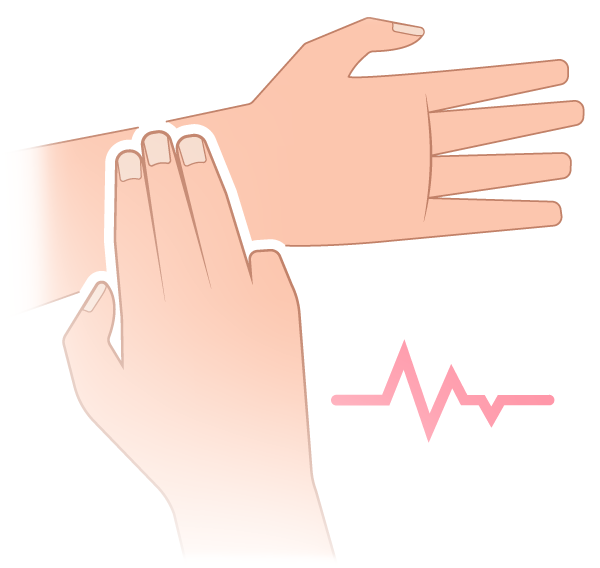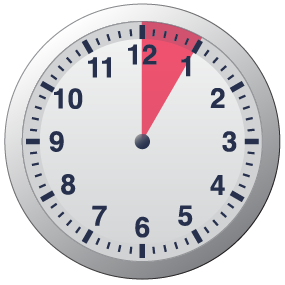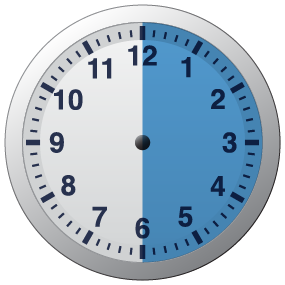Every year, around 900,000 Americans annually suffer from a blood clot in the brain. Approximately 120.000 of them are caused by atrial fibrillation. Many of these blood clots could have been avoided if atrial fibrillation had been detected, allowing preventive treatment with blood-thinning medication to be started. Suspicion of atrial fibrillation can often be obtained simply by measuring the heart rate. Therefore, everyone should be able to do this on their own.
How To Check Your Pulse

1) To measure your resting heart rate at the wrist, first sit for 5 minutes and rest.
Do not drink coffee or smoke while you wait – both affect your heart rate. You will need a watch – possibly your wristwatch – with a second hand. If you have your wristwatch on your left forearm, measure your heart rate with the fingers of your left hand on your right wrist.

2) Hold your right or left hand with the palm facing up and the elbow slightly bent.
3) Place your index, middle and ring fingers on the wrist at the root of the thumb.
It is important to use at least two fingers next to each other. Sometimes the pulse is most clearly felt with one finger, sometimes more clearly with the second or third finger. Your fingers should be placed just above the wrist groove between the forearm bone and the flexor tendon of your thumb – as shown in the figure. You may need to move your fingers slightly before finding your heart rate. Press firmly, but not too hard, down against the artery.

4) Count for 30 seconds and multiply by two to get your heart rate per minute.
If your heart rate is irregular, it is a good idea to count an entire minute. Then of course you do not have to multiply by two to get the heart rate per minute.

What is a normal heart rate?
Normally your heart rate should be between 60 and 100 beats per minute. It should also be regular or rhythmic. Regular or rhythmic means that there is an equal amount of time between each heartbeat.
When should you seek advice and help?
- If your heart rate is faster than 100 beats per minute after resting for 5 minutes, especially if at the same time you do not feel comfortable.
- If your heart rate is slower than 40 beats per minute – especially if you are not feeling well, for example that you feel dizzy and maybe on the verge of fainting.
- If your heart rate feels irregular, for example if you can feel that the beats do not come at regular intervals, but instead come more or less randomly. Regardless of whether you otherwise feel comfortable or not.
These can all be signs of atrial fibrillation, particularly an irregular heartbeat. If you have atrial fibrillation, it is important that your doctor – together with you – decides whether you need blood-thinning medication to prevent the formation of blood clots in the heart, which can flow out into the body and settle as harmful blood clots in the brain or in other organs.